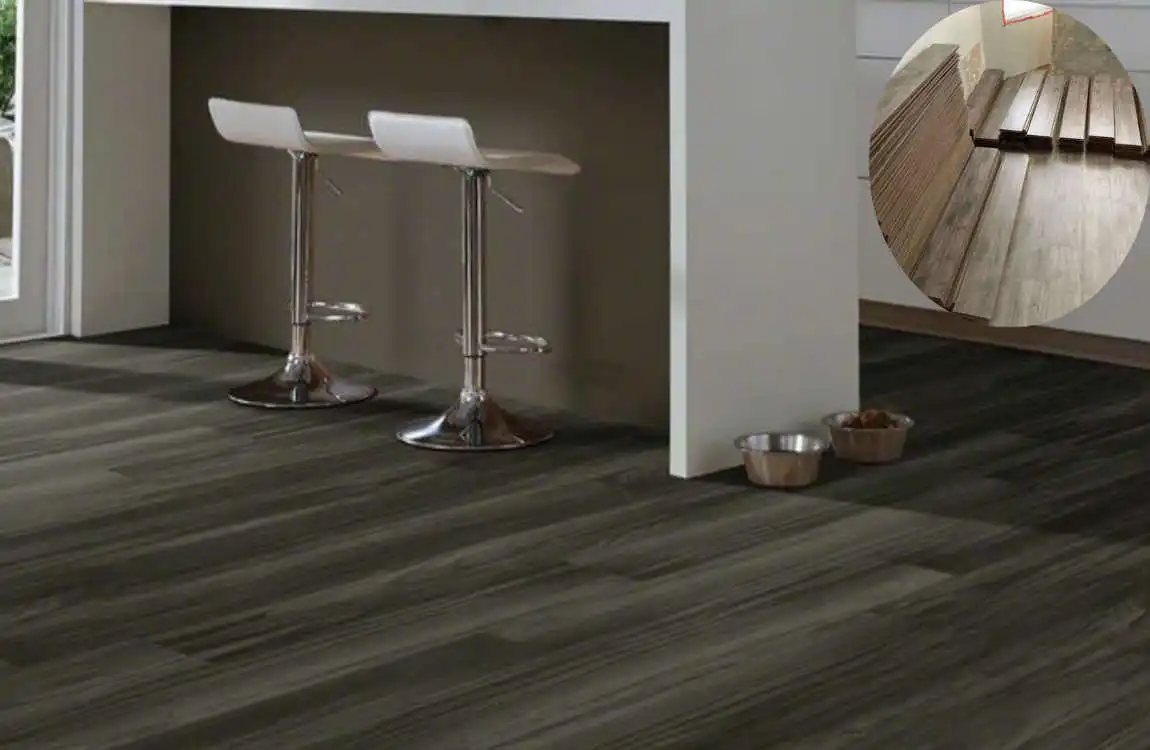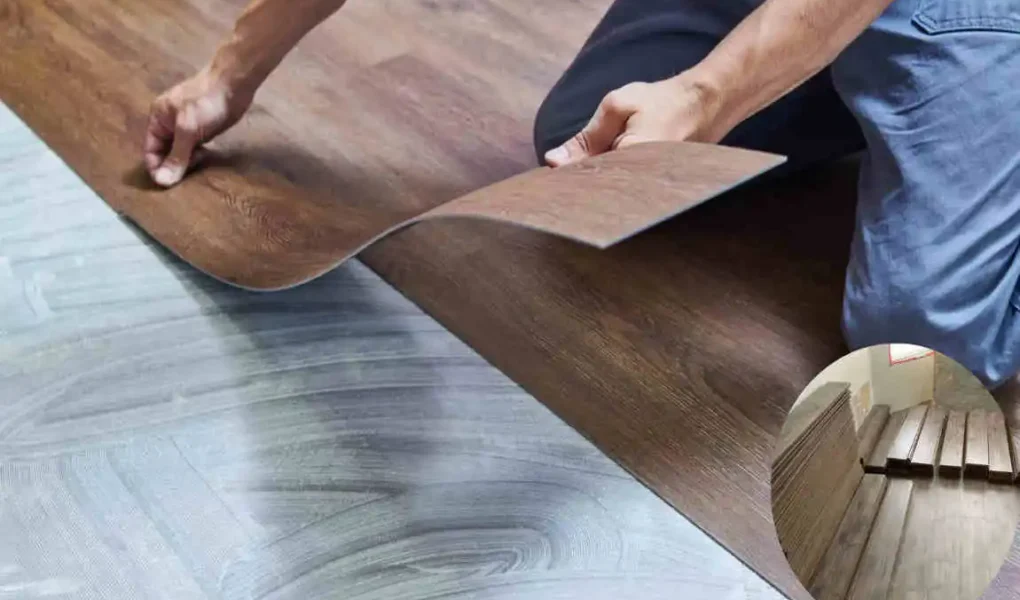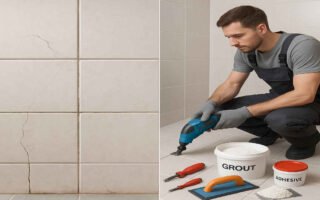Laminate flooring requires acclimation to the home environment before installation. Acclimation refers to allowing the flooring to adjust to the room’s temperature and humidity levels, thereby preventing issues such as warping, buckling, and gapping after installation. Typically, this acclimation period lasts 48 to 72 hours, helping to ensure the home flooring‘s durability and proper fit in the space where it will be installed.
The Importance of Acclimation

Laminate flooring installation requires acclimatization. It allows the material to adjust to your home’s temperature and humidity levels before laying it down.
When laminate flooring arrives, it typically comes from a climate-controlled environment. Sudden exposure to different conditions can cause expansion or contraction in the planks, leading to gaps or buckling over time.
Proper acclimation helps prevent these issues. It ensures that your new floor fits perfectly without any unpleasant surprises post-installation.
Taking this crucial step saves you time and money by avoiding costly repairs later on. A well-acclimated floor will stand the test of time while providing lasting beauty for years to come.
You may also read (how to choose the right cleaner for our home natural stone floors).
Factors That Affect Acclimation Time
Several factors influence how long laminate flooring needs to acclimate. One significant aspect is the relative humidity in your home. High humidity can cause materials to expand, while low humidity may lead to contraction.
Temperature also plays a crucial role. Ideally, laminate should be stored and installed at room temperature—around 65°F to 85°F is recommended for optimal results.
The type of subfloor can affect acclimation time as well. Concrete or wood can hold moisture differently, impacting how quickly the laminate adjusts.
The thickness and density of the planks matter too. Thicker boards generally require more time to adjust compared to thinner options due to their mass and material properties.
How to Properly Acclimate Laminate Flooring

To properly acclimate laminate flooring, start by bringing the planks into your home. Please leave them in their original packaging to prevent dust accumulation while they adjust.
Place the boxes flat on the home floor in a room where you plan to install them. Ensure that there’s ample space around each box for air circulation. This step is crucial, as it enables even temperature distribution throughout the entire area.
Let the laminate sit for at least 48 hours, although some experts recommend up to 72 hours. During this time, monitor the room’s humidity and temperature levels; ideally, keep these stable between 60°F and 80°F with humidity levels around 30-50%.
Before installation, scrutinize each plank. Look for any defects or damage that may have occurred during shipping or storage. Ensuring quality before laying down will save you from headaches later on.
The Benefits of Acclimating Laminate Flooring
Acclimating laminate flooring offers several advantages that enhance both installation and longevity. When you allow the planks to adjust to your home’s temperature and humidity, you significantly reduce the risk of warping or buckling over time.
Proper acclimation ensures a uniform appearance across all boards. This consistency in color and texture creates a seamless look once installed. Homeowners often appreciate how this attention to detail elevates their interior design.
Another perk is increased comfort underfoot. Floors that have adapted to your living environment feel more pleasant when walked on—no cold surprises during winter mornings! Taking these simple steps can lead to lasting satisfaction with your laminate investment.
You may also read (what is cushioned vinyl flooring a comfortable choice for your home).




